Fireflies may disappear, so NY scientists are trying to count how many are left
Aug. 22, 2023, 6:01 a.m.
A movement is underway to understand how imperiled firefly populations are and safeguard the charismatic beetle beloved for its bioluminescent abdomen.
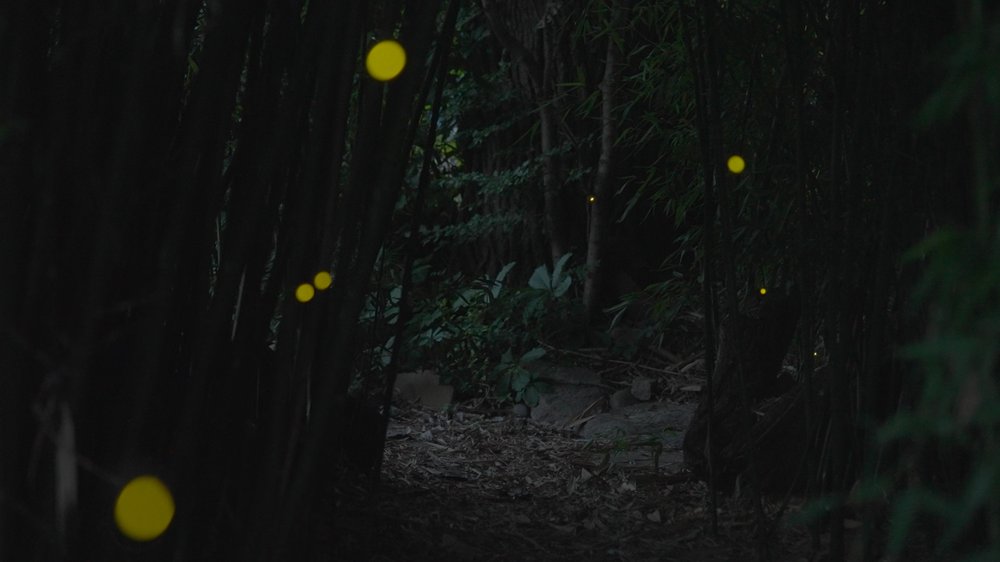
While the most infamous New York insect is the cockroach, some locals are lucky enough from early May to early August to encounter a more enchanting bug: the firefly. That luck, however, is at risk of running out.
Firefly populations in North America are in decline. Researchers estimate that 14% of species from Canada and the United States are threatened with extinction—a trend fueled by various pressures, including climate change, habitat loss and light pollution. It’s possible this number could be higher.
In a 2021 evaluation of 132 species, more than half could not be assessed because of insufficient data.
This decline is likely to continue, but it’s difficult to know exactly what’s going on because of the lack of data, said Jessica Ware, an associate curator at the American Museum of Natural History who studies insect evolution and decline. Consequently, missing information makes protecting them tough.
“If we don’t have the baseline data of how they’re doing, it can be a real challenge to get policymakers to do things to protect them,” Ware said.
There’s a movement underway to understand how imperiled firefly populations are and safeguard the charismatic beetle beloved for its bioluminescent abdomen. The New York Natural Heritage Program, in partnership with the State Office of Parks, Recreation, and Historic Preservation, just wrapped up the first year of an ambitious three-year project surveying the state’s fireflies, focusing on rare species.
While there are no conclusions yet, the process suggests some fireflies are more threatened than others. This is in line with other research on climate change and population survival: Some species, namely those that can live in many different types of environments, are better at tolerating challenges.
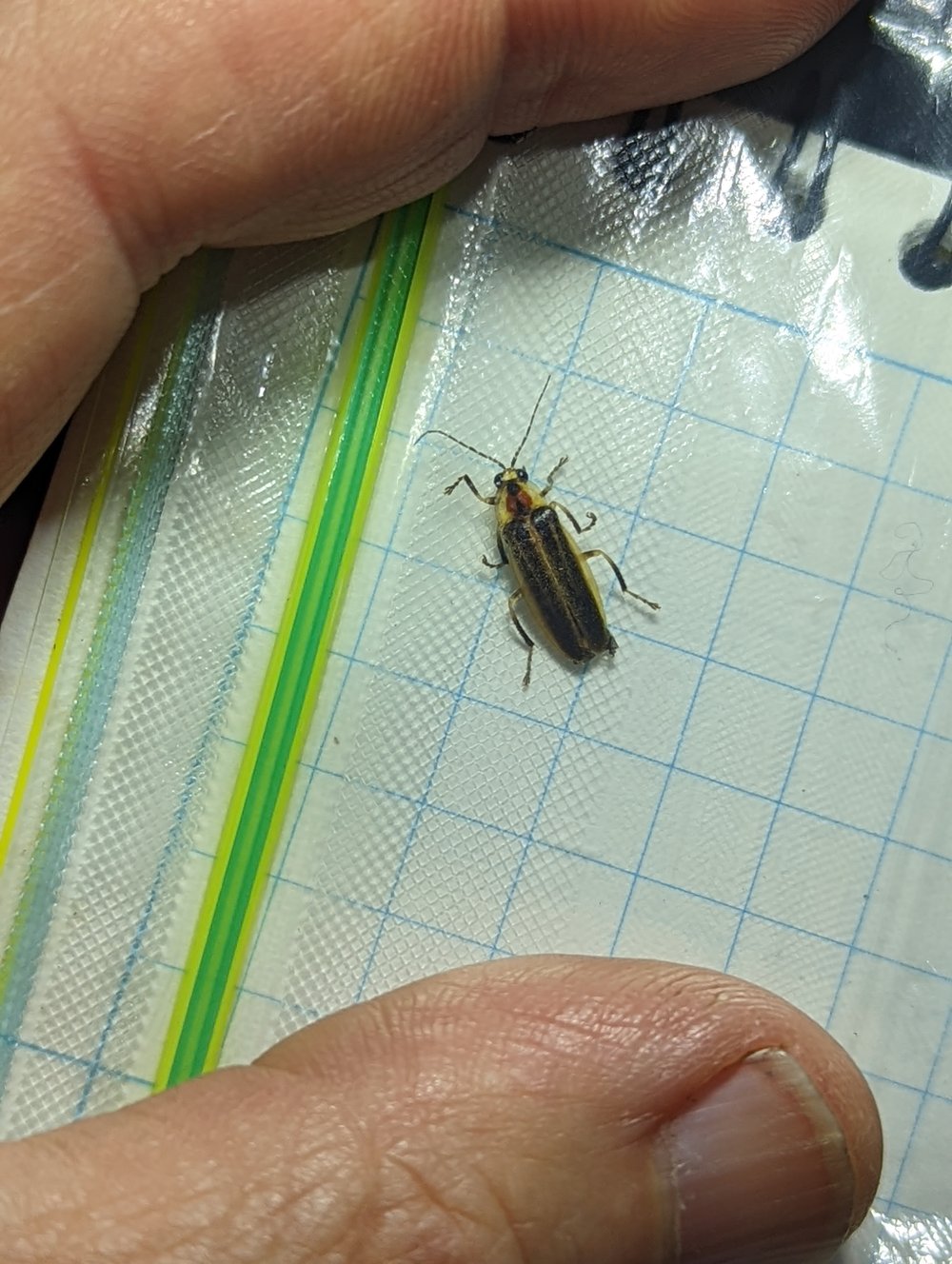
“There are winners and losers with climate change,” said Katie Hietala-Henschell, a zoologist with the New York Natural Heritage Program who is a part of the survey. “Some species do well and adapt, and others don’t.”
For example, New Yorkers next summer will likely still see a big dipper firefly, the most common species in North America. What’s more uncertain is the chance of seeing one of the other 30 species of flashing fireflies that live across the state. But while it’s good news that all fireflies aren’t equally vulnerable now, for the future of the insect to be certain, multiple species need to be thriving.
“Different types of species ensure a healthier environment,” said Hietala-Henschell. “You want redundancy in ecosystems.”
Up to now, Hietala-Henschell and colleagues have surveyed nine state parks. There’s a focus on finding at-risk fireflies, like the Photuris pyralomima (there’s no common name) and the dot-dash firefly, which hasn’t been seen in New York for more than 20 years. The project, for now, is limited to state parks though the organizers hope to expand in the future.
The team is also attempting to quantify the other fireflies out there. Scientists don’t have the necessary information they need to make conservation assessments for 25% of New York firefly species.

The data they gain will inform management recommendations, determine if any species need state or federal listing as endangered or threatened, and contribute to the Xerces Society’s Firefly Atlas — an effort to better understand firefly diversity spearheaded by the international nonprofit.
Hietala-Henschell said that while there’s an increasing number of anecdotal stories of people seeing fewer fireflies, and this is helpful in getting people interested in the problem, filling in information gaps is what’s truly necessary for preserving the species. Surveying fireflies is an arduous process, and one that requires a good sense of humor, she said.
Species are identified by their flash patterns, the height of the flash and the color of the flash—whether it's more orange, green or yellow. Different species emerge at various times and temperatures. When possible, Hietala-Henschell will collect a specimen to see if there are morphological differences.
In some parts of the state, Hietala-Henschell has seen fireflies in abundance, putting on flashing shows that resemble a mass of shooting stars. Then in other areas, like Long Island, light pollution has made it easy to see her fellow surveying scientists at night but difficult to spot fireflies. Meanwhile, the effects of climate change threaten fireflies and can make it difficult to survey them. When Canadian wildfire smoke permeated New York skies in June, Hietala-Henschell struggled to see the insects.
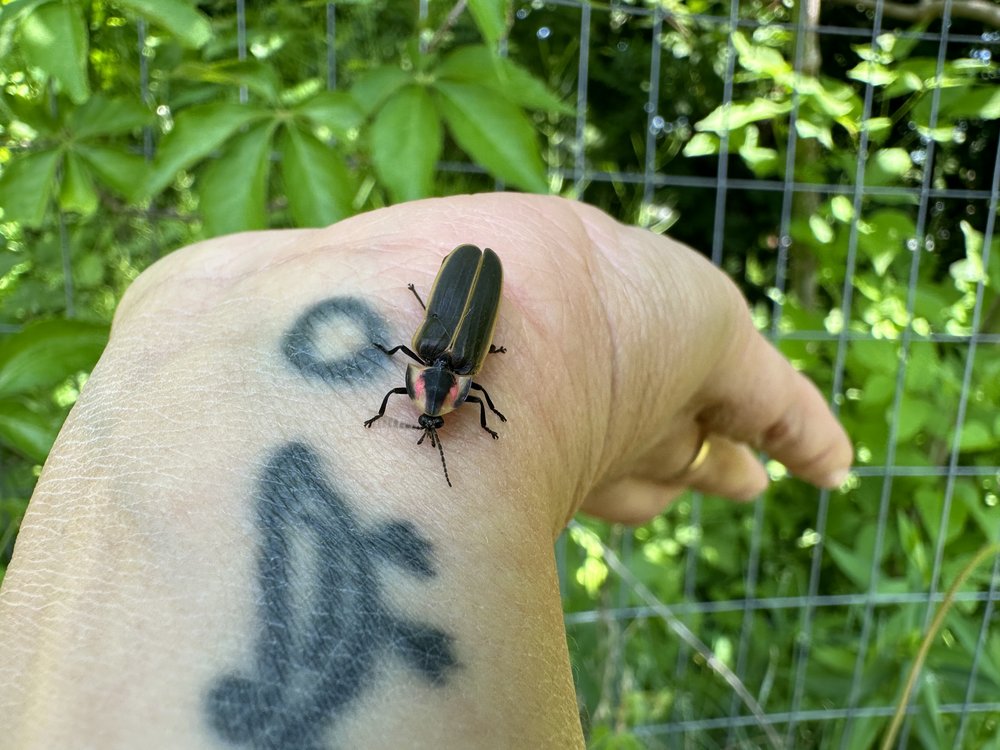
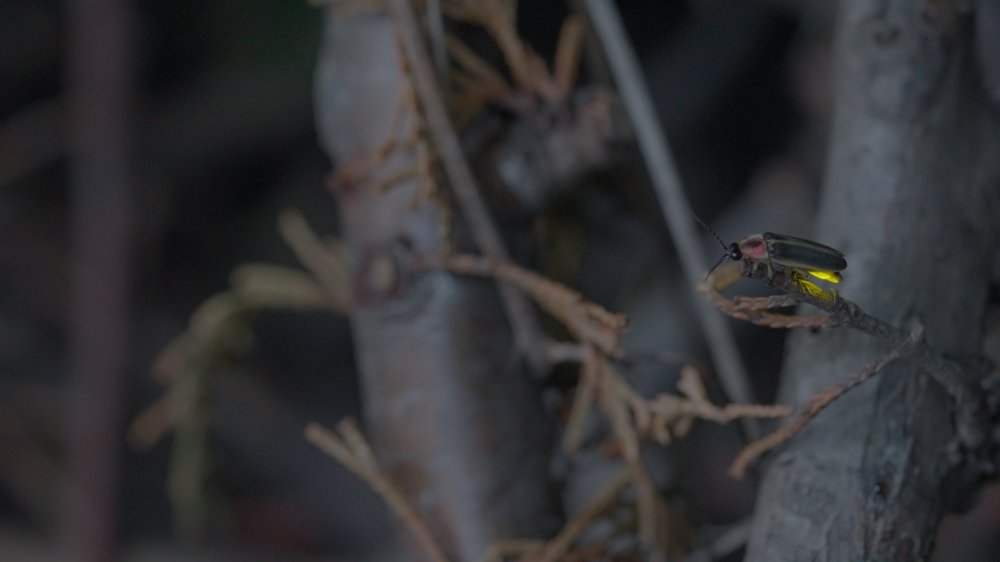
“I was with a coworker and had to ask, ‘Does this flash look white?’” she said. “I think it was the haze. The poor air quality was affecting my vision.”
Habitat loss, insecticides, light pollution, and dramatic changes to weather and temperature all threaten fireflies, said Ware. Overall, insect populations are rapidly collapsing in part because of these same threats, though light pollution is an especially big issue for fireflies because many produce and use their glow to find mates. When artificial lights brighten an evening, it can affect the possibility of their meeting.
So while Ware encourages people who want to help insects to take action — like using lightbulbs that are more yellow than blue, and supporting green spaces not sprayed with insecticides — what she thinks is one of the most effective actions is voting with insects in mind.
“We should hold the people who are making decisions accountable, and we should encourage them to think about insects,” Ware said. “If insects decline at the rate that we think they are declining, and this doesn’t change, the future of humanity is actually at stake.”
This summer, Ware did encounter some good news when she came upon a large number of fireflies on Roosevelt Island after a tip from someone else at the museum. She was there filming an episode about fireflies for the upcoming PBS Digital Studios series Insectarium.
“I really wasn’t expecting there to be as many as there were,” she said. “I was really pleased.”
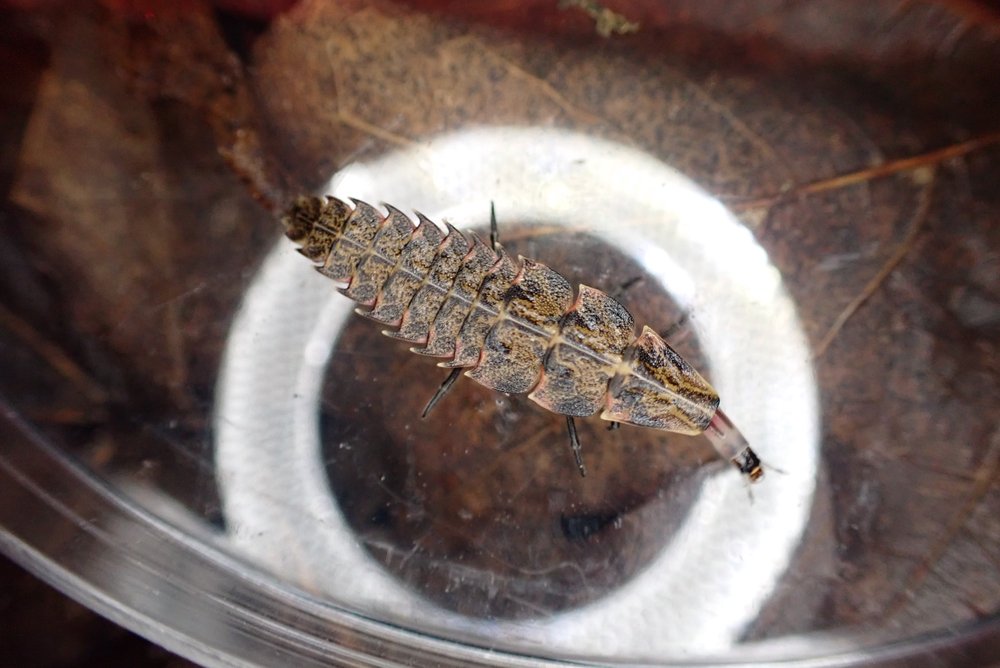
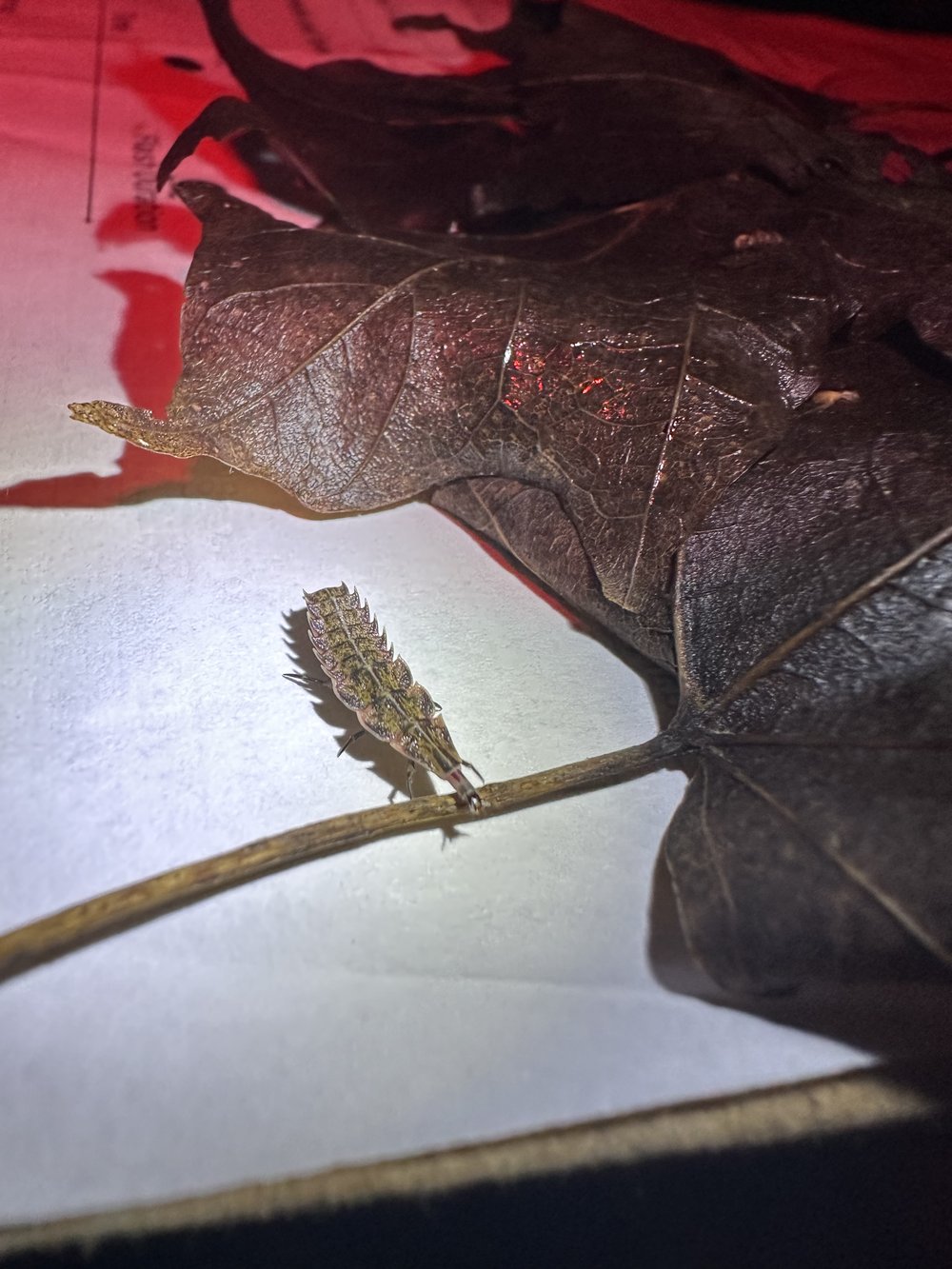
Researchers are hopeful that, because fireflies are so beloved, they’ll inspire people to care more about the disappearance of insects at large. WNYC listener Jennifer Goodnow called in Thursday with her own special interaction with the alluring bug when she described how heartening it was to finally host an outdoor concert at her home after a pause during COVID. When it got dark, fireflies emerged, and her guests told her that their presence made it even more magical.
“I think the fireflies were kind of an ambassador for nature telling me to come back and live life again,” said Goodnow.
